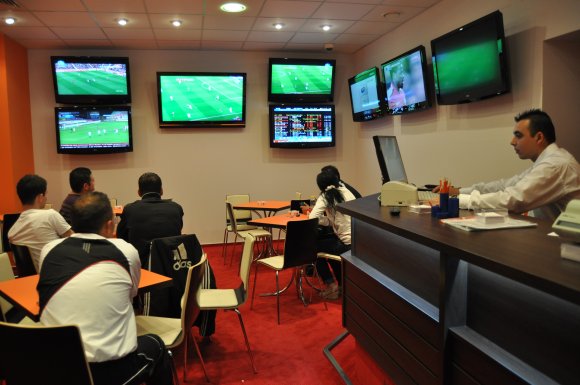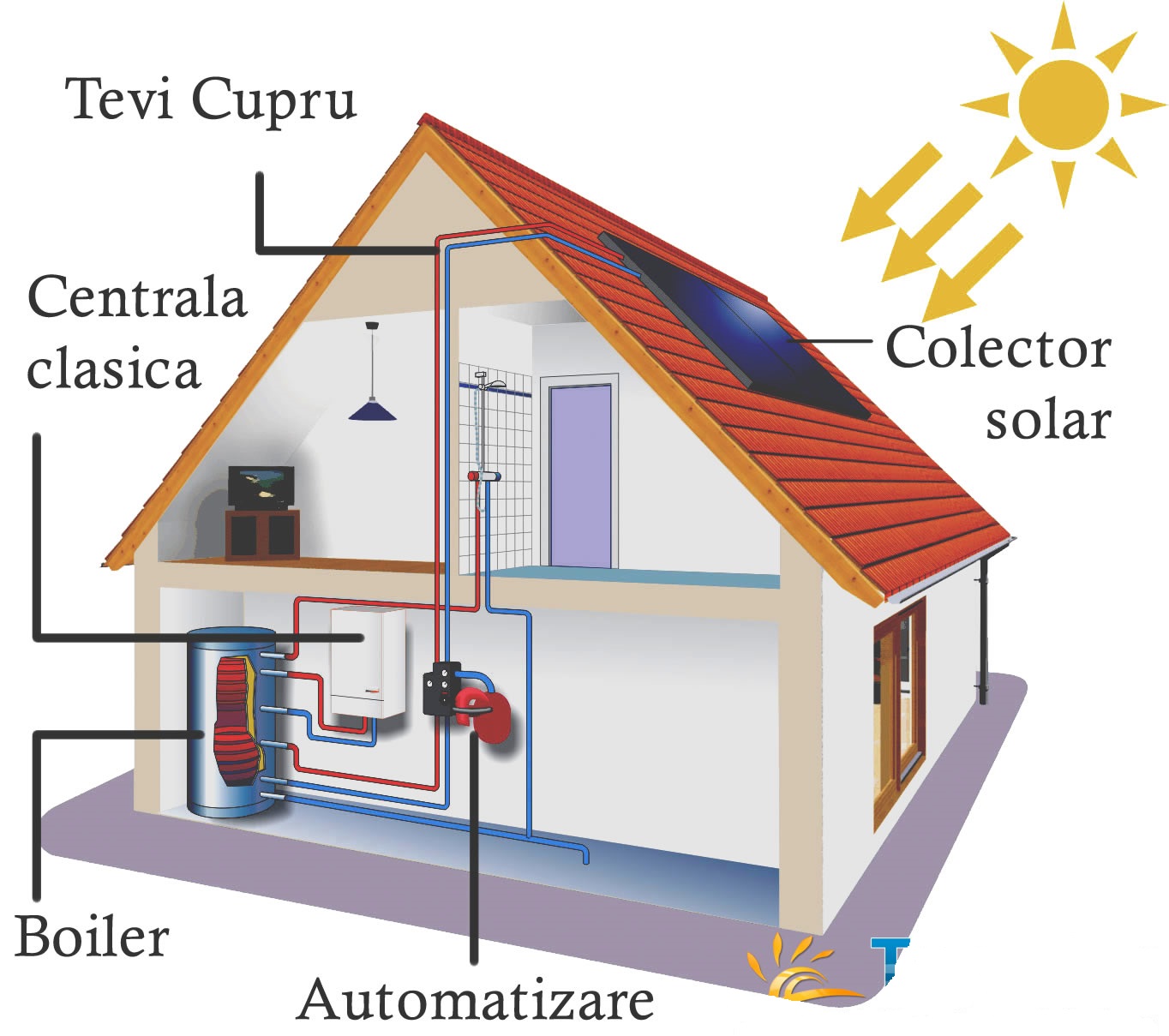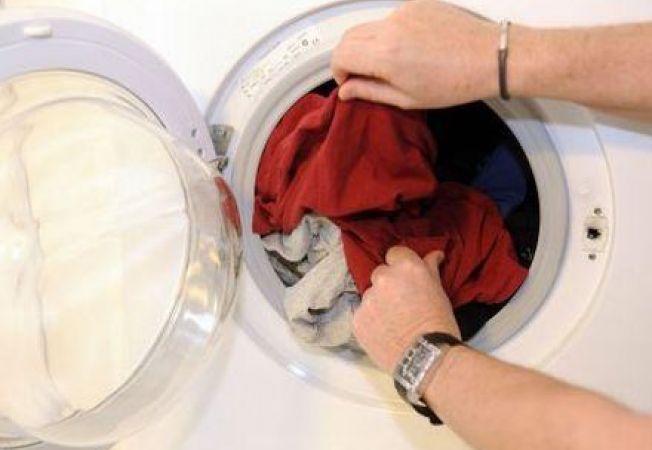 The area of flexographic printing continues to develop and grow due to new technology. Referring to quality, traits like consistency, and efficiency— which were not necessarily associated with flexography in the past—become the standard in flexo, because package printers have higher expectations.
The area of flexographic printing continues to develop and grow due to new technology. Referring to quality, traits like consistency, and efficiency— which were not necessarily associated with flexography in the past—become the standard in flexo, because package printers have higher expectations.
Global brand competition set up marketers requirements for exact color reproduction and results to capture the attention of consumers. In the past, flexography may have not been the technology that delivered the best quality for packaging, but today’s results are outstanding.
For both graphic communications industry and its packaging sector flexography remains the key growth engine. For example in 2010,NPES, the Association for Suppliers of Printing, Publishing and Converting Technologies, and its affiliate, PRIMIR—Print Industry Market Information & Research Organization referred to it as ‘the fastest growing global analog print method’. That position it is expected to be maintained for the future.[adsenseyu1]
Reports regarding the worldwide market trends for flexographic printing, forecasted 4-5 % annual growth for flexography through 2013. Sales exceed $260 billion and represents more than 60% of the $440 billion printed packaging market. Packaging represents 92 % of flexo’s global volume, the remaining 8 percent being divided among pharmaceutical, security printing, printed electronics, and similar applications. Having a bright future ahead and a variety of growth opportunities, flexographic trade shops and printers enhanced by the latest technologies are positioning to go further.
The US printing industry provides many flexographic printing services. These kind of services are applied to a number of materials, including stationery, invitations and labels, based on a job order. When first developing flexographic printing it was meant for materials used in packaging and as the early quality of flexography was not high, the process was used mostly as a way to print low-quality corrugated materials.
The change came along in the the late 1980s, when a series of technical developments resulted in dramatic quality improvements and extended the use of flexography for printing high-quality packaging materials. Later in the 1990s, flexography experienced an average annual growth rate of about 6%, being above the average for the printing industry.
Although it is a rather large market it depends on a relatively small number of businesses – 914 commercial printing establishments were officially recorded in which flexographic printing was the primary print process. In these facilities work more than 30 thousand employees and had a payroll exceeding $1 billion. However, many more printing facilities (about 2,300 nationally) operate flexographic presses in addition to other printing equipment.
[adsenseyu1]
Flexographic companies are typically small, and over 80% have fewer than 50 employees. The smallest facilities usually focus only on flexographic printing and predominantly work with narrow-web presses, whereas larger ones often include converting and wide-web presses. From a historical point of view flexographic printing companies have been concentrated in the Midwest.
Although these states continue to dominate, along with the expansion of this industry more facilities have opened in California and Texas. Anyway the majority of flexographic companies are located in California, Florida, Illinois, Missouri, New Jersey, New York, North Carolina, Ohio, Texas, and Wisconsin .
Finally, in order to give a helping hand to potential customers there are sites offering the information one needs and lists of flexo printing companies, which is a most welcomed tool if looking for such services. One of the most resourceful tools are: http://printing-companies.org/list-of-usa-printing-companies/.








